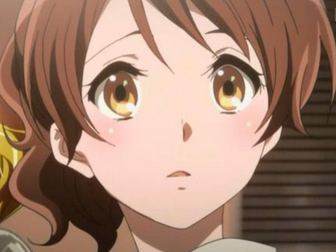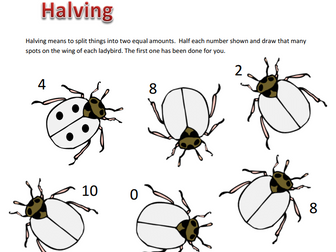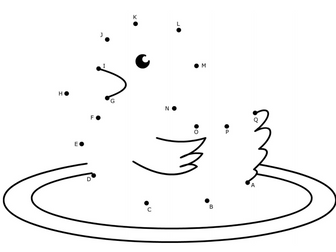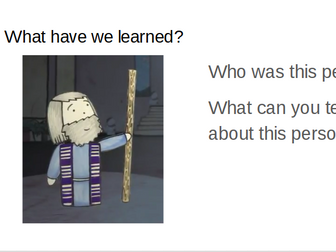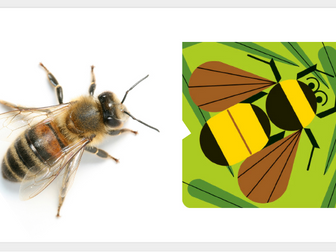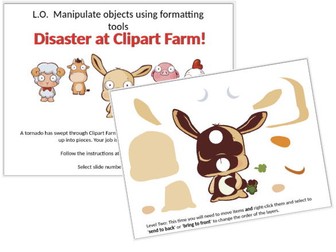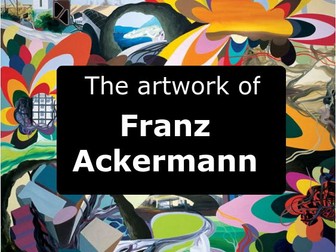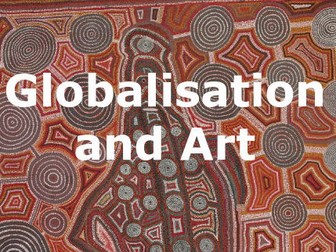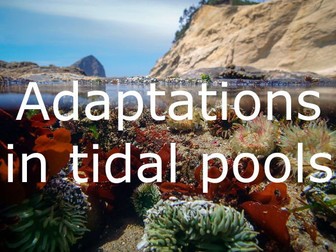
Japanese Art: Manga and Anime (KS3 Art)
This presentation was created to support pupils undertaking a KS3 Art project on globalisation. It investigates a range of information on manga and anime, including:
- Popularity inside and outside Japan
- Eyes in manga
- Examples of manga's visual language, e.g. sweat drops and popping veins
- The different types of manga (shonen, shojo, josei and kodomomuke)
- The artwork of Akira Toriyama
This was originally used alongside an Moodle-based self-marking quiz for assessment purposes. Unfortunately it is not possible to upload backup files of Moodle activities, but hopefully the presentation itself will be of use and interest.
